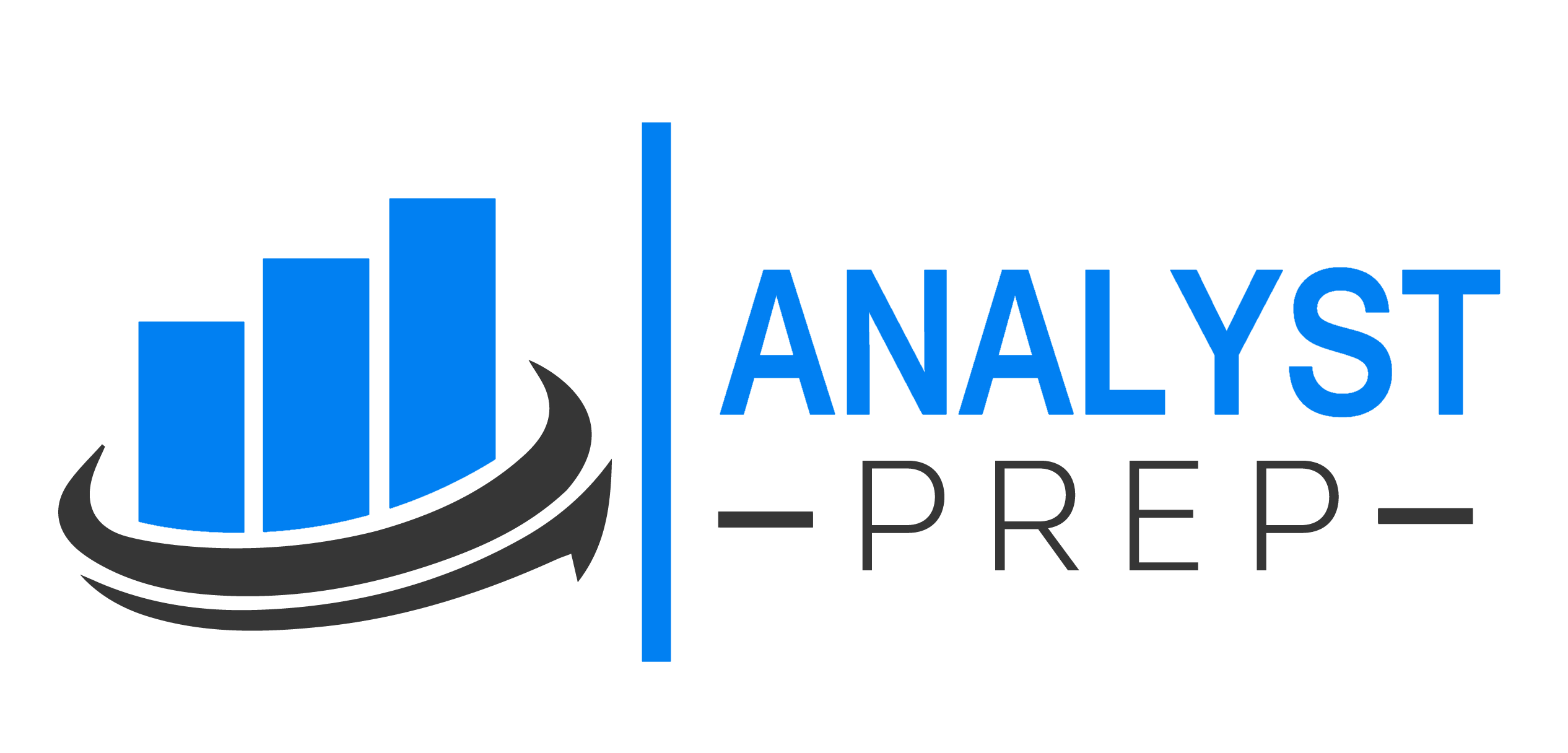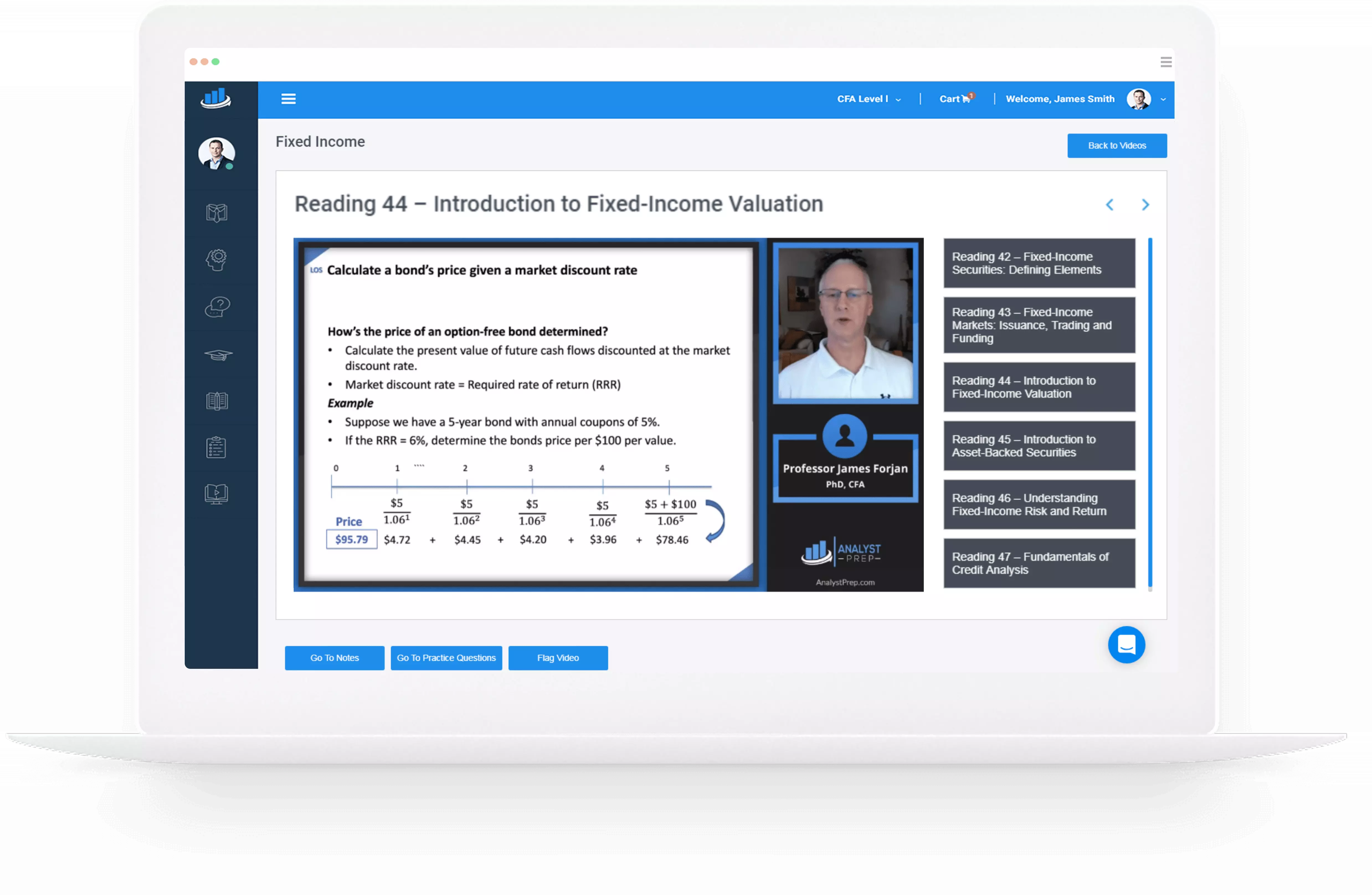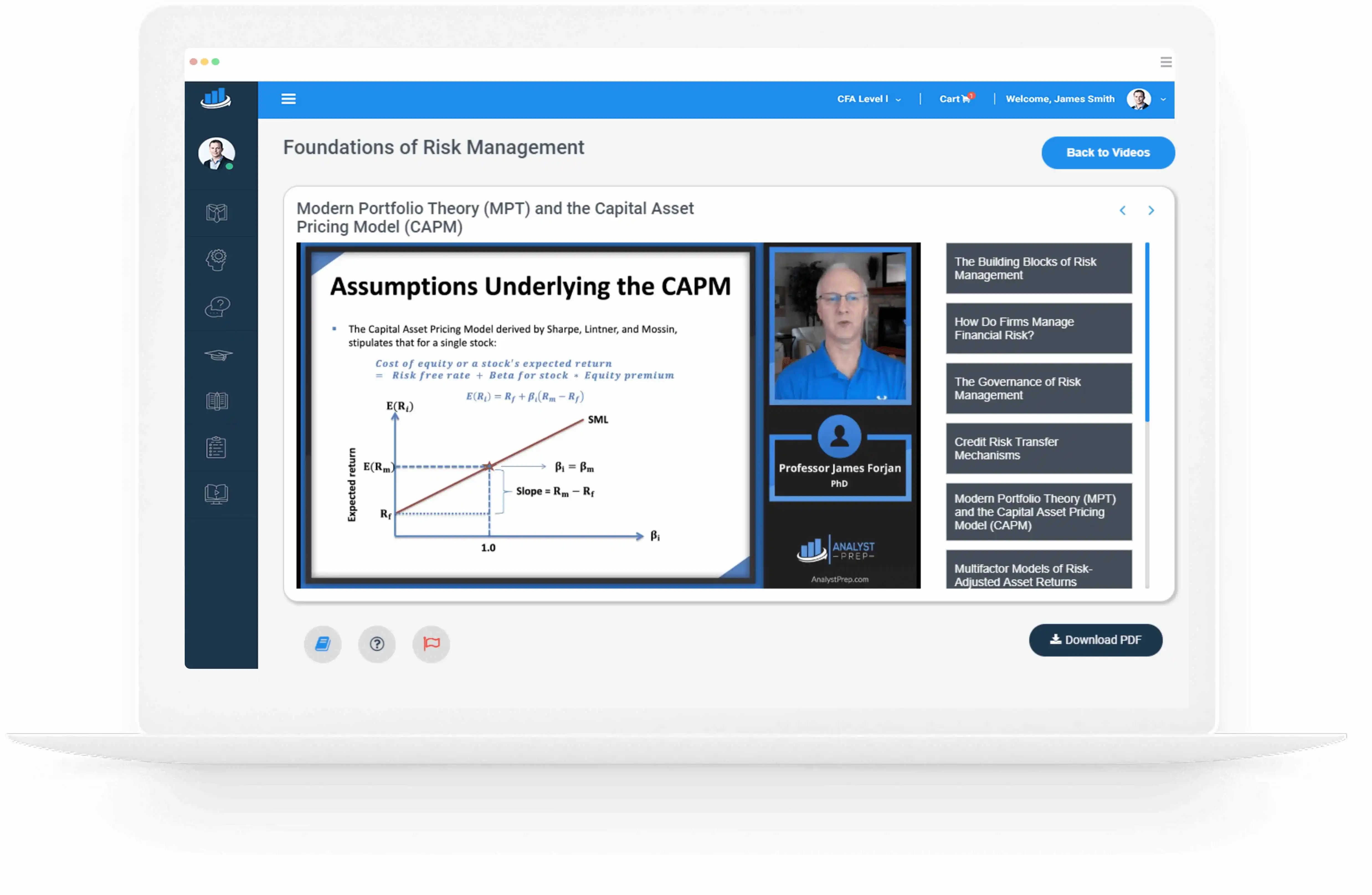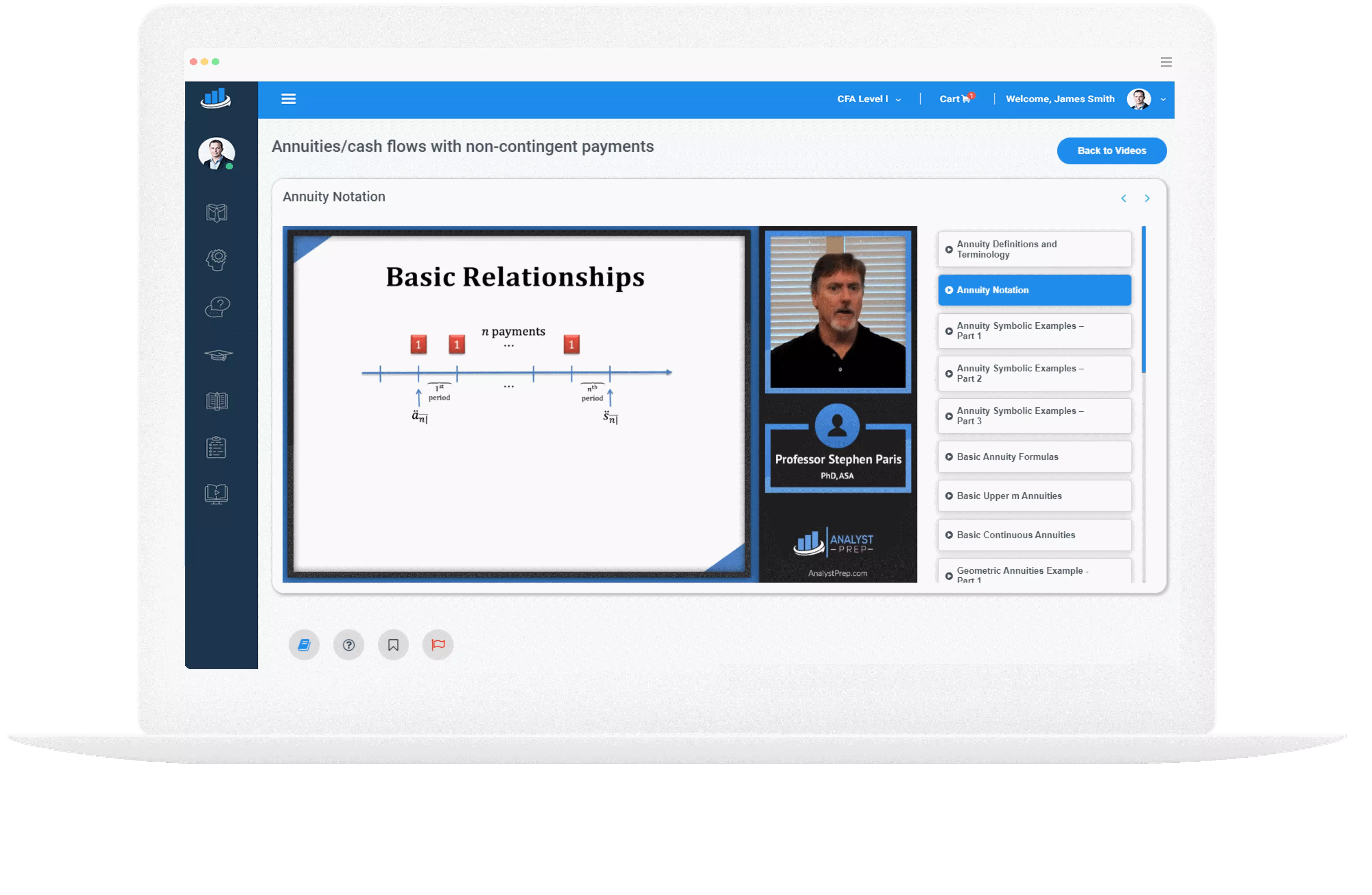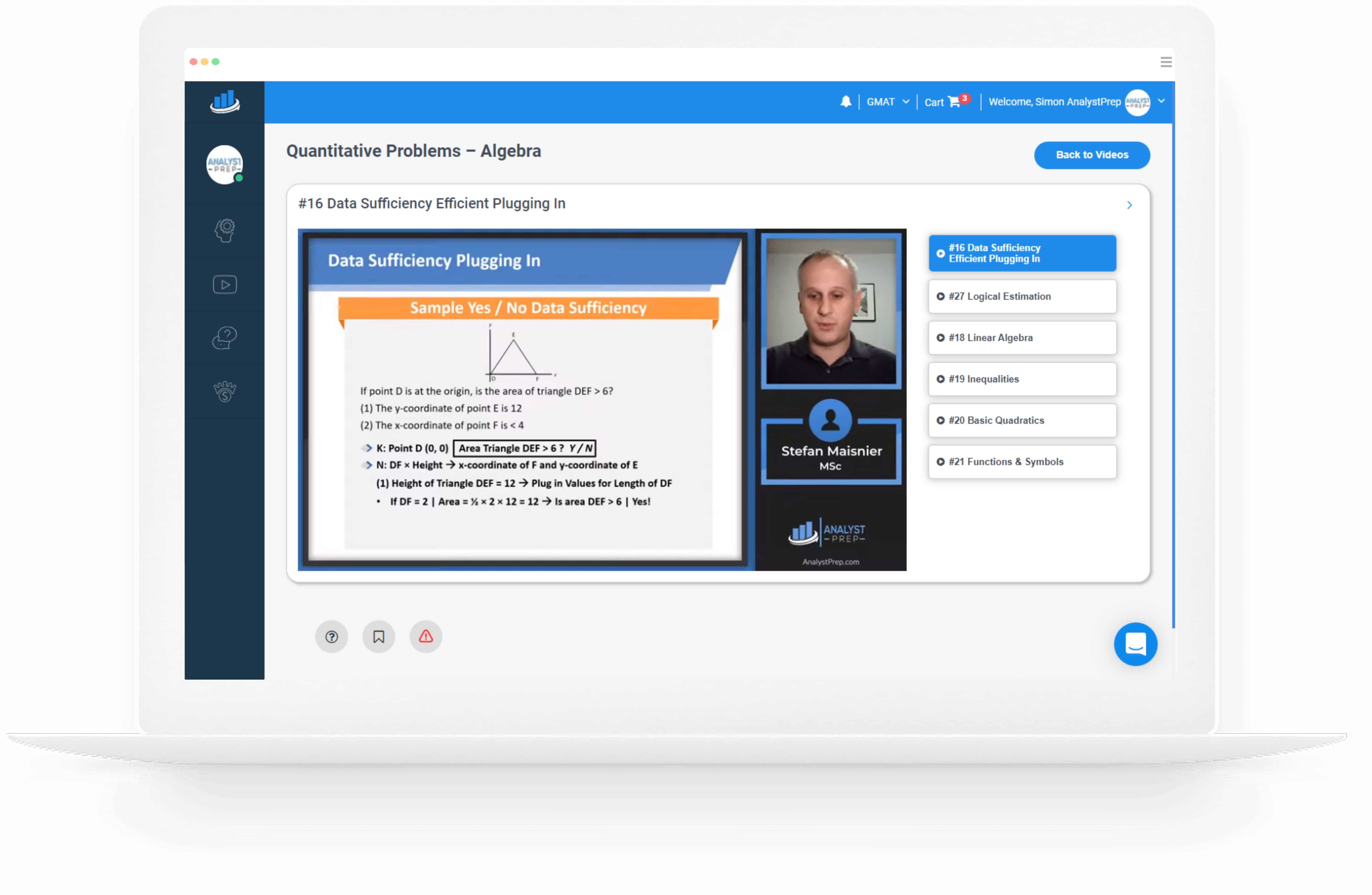Utilizing Effective Duration and Convexity for Option-embedded Bonds
Yield duration and convexity assume predictable bond cash flows. However, bonds with embedded options, e.g., callable or puttable bonds, have future cash flows which are uncertain. The option is exercised based on market interest rates relative to the coupon interest…
Duration and Convexity of a Bond Portfolio
Duration and convexity can be used to measure the interest rate risk of a portfolio of bonds, similar to a single bond. There are two methods to calculate the duration and convexity of a bond portfolio: Using the weighted average…
Bond Risk and Return Using Duration and Convexity
The percentage price change of a bond, given a specified change in yield, can be more accurately estimated using both the bond’s duration and convexity compared to using duration alone. We will give an example to illustrate this. Consider a…
Convexity and Convexity Adjustment
Duration provides a linear approximation of the change in a bond’s price with respect to changes in yield. On the other hand, convexity measures the non-linear, second-order effect of yield changes on a bond’s price. It captures the curvature of…
Properties of Duration
The sensitivity of a bond’s price to changes in interest rates can be captured using Macaulay duration, modified duration, money duration, and the price value of a basis point (PVBP). Relationships Between Bond Features and Duration Coupon rate (c)) An…
Modified Duration, Money Duration, and Price Value of a Basis Point (PVBP)
Modified Duration Modified duration captures the sensitivity of a bond’s price to fluctuations in its yield-to-maturity (YTM). This relationship provides insight into how bond prices vary with shifts in yield. Specifically, bond prices and yields exhibit an inverse relationship: as…
Macaulay Duration
Definition Macaulay duration was introduced in the previous learning objective. It provides an understanding of the bond’s sensitivity to interest rate fluctuations. At its core, Macaulay duration is the weighted average time until a bond’s cash flows are received. It…
Relationship among a Bond’s Holding Period, Macaulay Duration, and Investment Horizon
Holding Period Return (Horizon Yield) This represents the total return an investor anticipates from holding a bond over a specific duration. It’s influenced by the coupon payments received and any change in the bond’s price due to interest rate movements….
Sources of Return from Investing in a Fixed-rate Bond
Sources of Return Investors in fixed-rate bonds achieve returns through the following: Receipt of anticipated coupon and principal payments. Reinvestment of coupon payments. Capital gains or losses are realized when the bond is sold prior to its maturity. Discount bonds…
Spot Curve, Par curve and Forward Curve
Yields-to-maturity for zero-coupon government bonds could be analyzed for a full range of maturities called the government bond spot curve (or zero curves). Government spot rates are assumed to be risk-free. Spot Curve The spot curve is upward-sloping and flattens…
